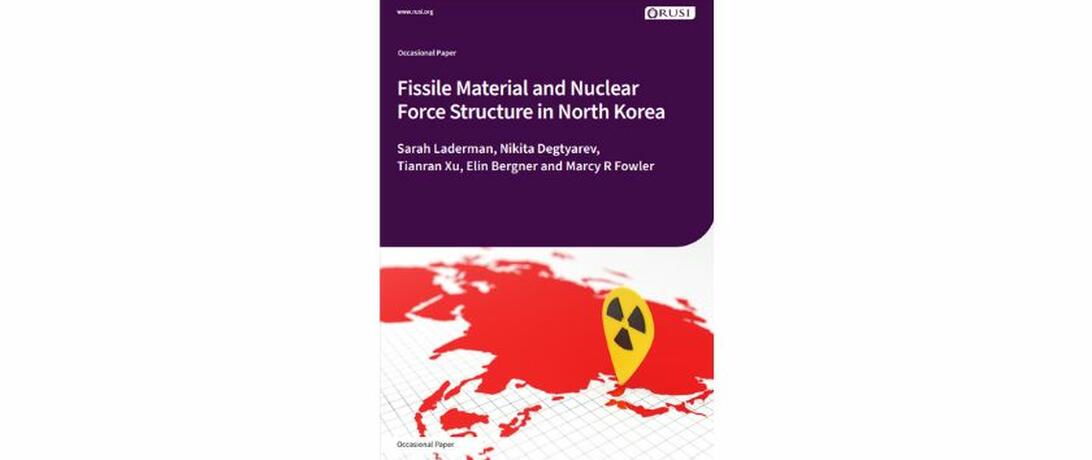
North Korea remains one of the most opaque nuclear states in the world, offering little information about its nuclear fuel cycle (NFC) and weapons programme. Yet, the structure and scope of its programme have significant implications for global stability. There is a need for a robust analytical methodology that can derive insights from limited data to assess North Korea’s NFC and nuclear strategy. Such analysis is crucial for the international community, particularly should diplomatic avenues reopen, providing a rare opportunity to curtail or reverse North Korea’s nuclear ambitions.
This paper builds on work conducted by the Verification Research, Training and Information Centre (VERTIC) to model North Korea’s NFC. It integrates VERTIC’s estimates of North Korea’s production of weapons-usable fissile material – specifically weapons-grade plutonium and highly enriched uranium (HEU) – into a comprehensive framework that assesses Pyongyang’s nuclear strategy. By examining the trade-offs in arsenal structure amid fissile-material constraints, the paper offers a nuanced exploration of North Korea’s approach to deterrence.
North Korea’s nuclear arsenal serves two purposes: to deter distant nuclear powers such as the US; and to counter nearby non-nuclear adversaries such as South Korea, United States Forces Korea and Japan. Should deterrence fail, North Korea aims to contain and win any conflict on the Korean Peninsula, ensuring the regime’s survival. To meet these objectives, North Korea appears to be developing both a strategic and more versatile arsenal – featuring smaller-yield weapons and varied delivery platforms – for regional and battlefield use.
This paper delves into the various strategies North Korea might employ to optimise its arsenal, given its fissile-material constraints. Based on the analysis of force-structure requirements to achieve credible deterrence, it is assessed that North Korea might aim to develop 25–35 strategic thermonuclear warheads and 80–200 short- and medium-range single-stage warheads.
Given its fissile-material inventory at the end of 2023, as analysed by VERTIC, North Korea might have already developed approximately 21–23 composite (plutonium and HEU) thermonuclear warheads. With its remaining HEU inventory, the state could additionally have manufactured 51–165 single-stage nuclear warheads, supporting its regional deterrence goals (via tactical and battlefield deployment). Although North Korea is still likely constrained by its plutonium supply, evidence suggests that its nuclear material production goals may have been met or are nearing sufficiency.
Consequently, North Korea may choose to work within its existing fissile-material resources, deeming its arsenal adequate. Alternatively, it might ramp up production to exceed current needs, maintain a surplus stockpile or continue enhancing its arsenal’s capabilities to align with the availability of its fissile material.
While the future trajectory of North Korea’s nuclear strategy remains uncertain, this paper provides an analytical framework that enriches understanding of North Korea’s nuclear force structure given its fissile-material production. By offering these insights, the paper seeks to advance a more informed international dialogue, recognising the critical need for preparedness in the face of limited information.
Read the full publication here.